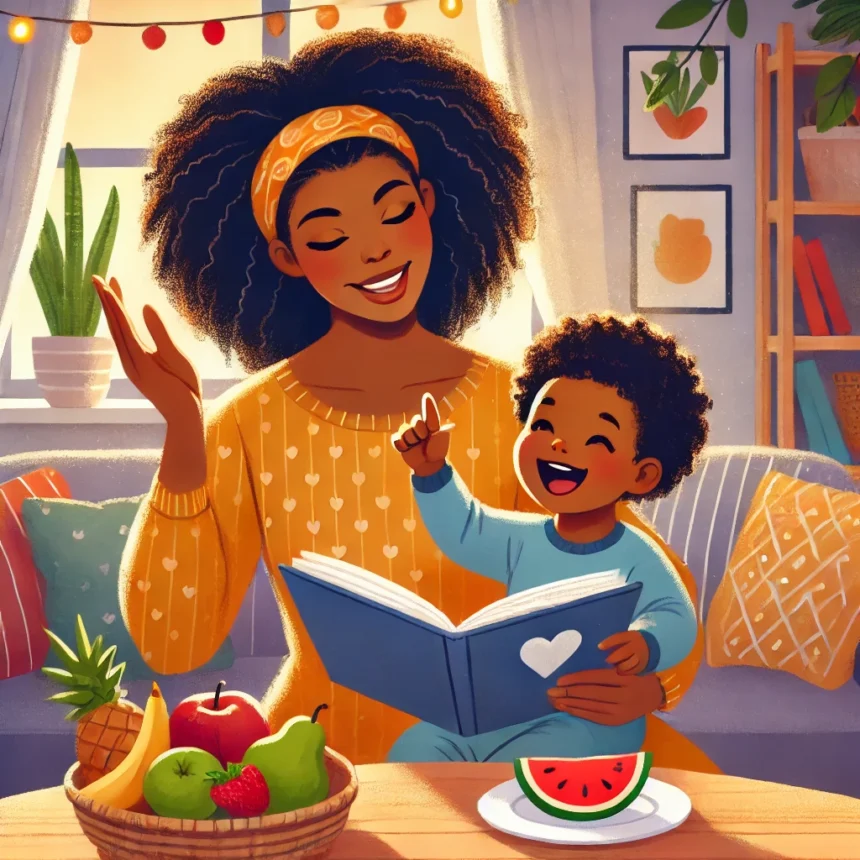Getting children to eat fruits and vegetables has always been a difficulty. Many parents turn to bribery, bargaining, or even concealing nutritious elements in meals. What if the solution is as simple and fascinating as a story? A recent study conducted by German psychologist Werner Sommer discovered an intriguing approach to persuade children to make healthier eating choices: storytelling.
MUST READ;FDA Bans Red Dye No. 3: A Step Toward Safer, Healthier Foods
The Power of Fairy Tales
The study, which included 80 kindergarten students, employed specially written fairy tales in which characters were saved or enhanced by eating magical fruits and vegetables. After hearing these stories, an astonishing 80% of the children chose healthier snacks during a three-week period. This reaction emphasizes the powerful influence narratives may have on young minds.
Storytelling connects with children on a deep emotional level, making abstract subjects like nutrition more approachable and memorable. By personifying fruits and vegetables as heroes or sources of power, children learn to identify them with positive qualities such as strength, courage, and success.
How It Works
- Emotional Connection: Stories foster an emotional relationship between the kid and the characters, making teachings more memorable.
- Repetition: Hearing the same themes in several stories enhances the belief that fruits and vegetables are appealing.
- Visualization: Using vivid depictions of fruits and vegetables in stories allows children to imagine them in a favorable light, encouraging interest and excitement.
Real-world applications for parents and educators
Here’s how you may integrate storytelling into your everyday routine to encourage healthier eating habits in children:
- Create Your Own Stories: Make up stories about fruits and vegetables as heroes. Examples include “Super Spinach Saves the Day” or the “Captain Carrot’s Courageous Adventure.”
- Encourage children to engage by selecting characters or deciding how the story will unfold. This involvement makes people more inclined to accept the message.
- Books and media: Look for children’s books or shows that promote healthy eating through compelling tales. Many are meant to educate nutrition in a pleasant and relatable manner.
- Incorporate Visual Aids: When narrating stories, use pictures or even actual fruits and vegetables as props. This provides a multimodal experience that reinforces the message.
Why This Matters
Childhood obesity and bad eating habits pose serious global concerns. Traditional approaches to encourage healthy eating frequently focus on restrictions or scare tactics, which can backfire by instilling resistance. Storytelling is a compassionate, imaginative approach that taps into a child’s inherent love of stories, allowing them to take an active role in their own nutritional journey.
Next Steps in Research
While the preliminary results are promising, more research is needed to determine how different sorts of stories or characters influence children’s decisions. Researchers could also investigate whether this strategy works equally well across other age groups and cultural circumstances.
In conclusion, the influence of storytelling extends beyond sleep; it can shape habits and attitudes in profound ways. We may enhance children’s eating habits while also instilling a lifetime appreciation for nutritious food by incorporating fruits and vegetables into fascinating stories. So, why not pick up a pen (or a microphone) and start the adventures of nourishing heroes?
What do you think about using storytelling to encourage healthy eating in children?


